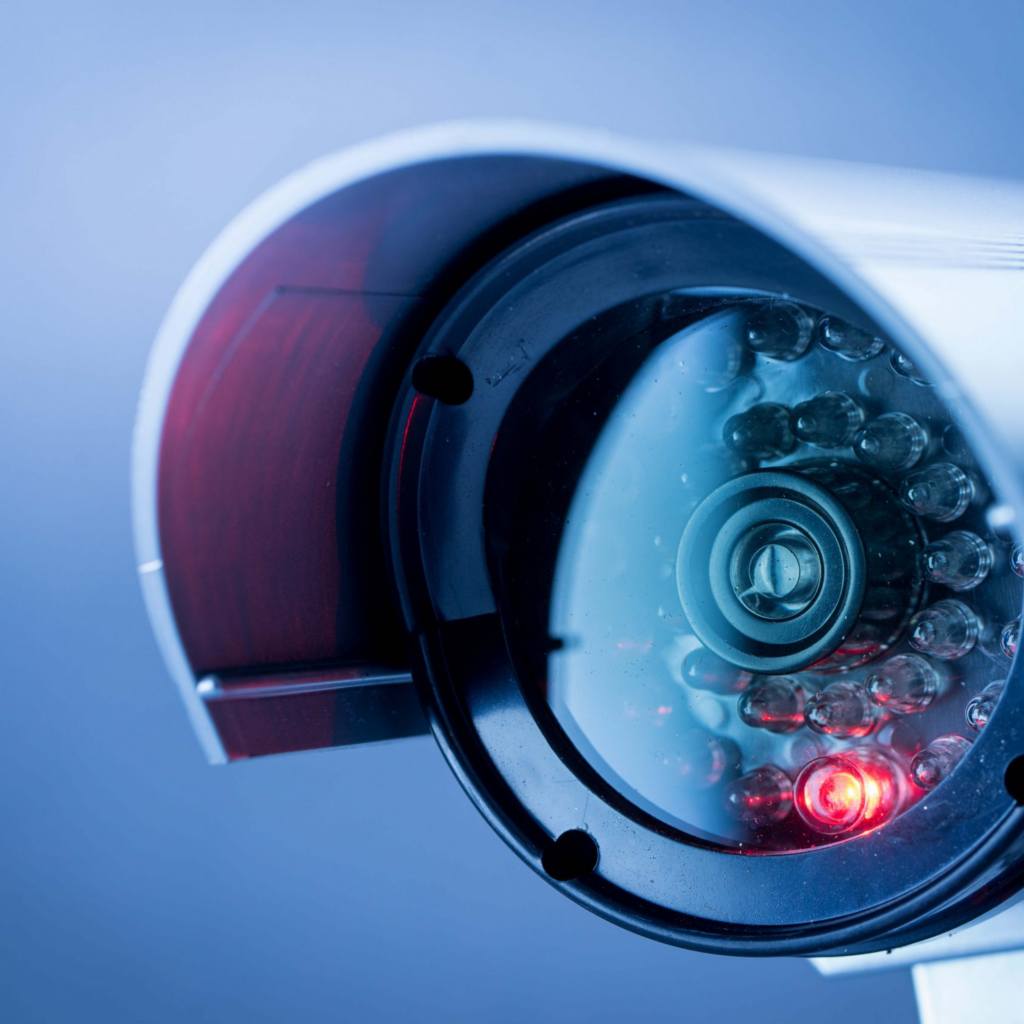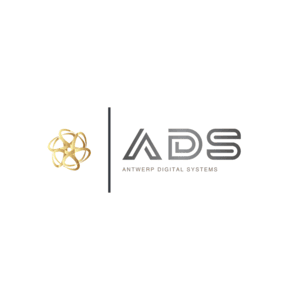CCTV Systems for GDPR Compliance
A Complete Guide for Businesses
In an age where surveillance is becoming a cornerstone of modern security, it is crucial for businesses to ensure that their CCTV systems are compliant with data protection regulations such as the General Data Protection Regulation (GDPR). This regulation, implemented by the European Union (EU), establishes strict guidelines for handling and processing personal data, which includes images and video recordings captured by CCTV systems. Non-compliance with GDPR can lead to hefty fines and damage to a company’s reputation. In this guide, we’ll explore what GDPR means for CCTV systems, how businesses can ensure compliance, and the best practices for handling surveillance data under this regulation.
Understanding GDPR and How It Applies to CCTV Systems
The General Data Protection Regulation (GDPR) governs how businesses and organizations collect, store, and use personal data. Personal data under GDPR includes any information that can be used to identify an individual, which encompasses footage recorded by CCTV systems. This means that businesses operating CCTV cameras must follow strict rules on how video data is handled to ensure the privacy of individuals being recorded.
If a business or organization operates CCTV systems that record employees, customers, or visitors, they are responsible for complying with GDPR, even if the CCTV system is only capturing footage within their own premises.

Key GDPR Requirements for CCTV Systems
To comply with GDPR, businesses must follow several key guidelines when it comes to their CCTV systems:
Data Subject Rights
Under GDPR, individuals have specific rights regarding their personal data, and this extends to CCTV footage. Some of these rights include:
- Right of Access: Individuals can request access to any personal data (including CCTV footage) that a business holds about them.
- Right to Rectification: If the CCTV footage contains inaccurate data about an individual, they have the right to request that the data be corrected.
- Right to Erasure (Right to be Forgotten): In some cases, individuals can request that their data be deleted, although this may not apply if the data is necessary for legal or security reasons.
Businesses must have procedures in place to respond to these requests in compliance with GDPR regulations.
Transparency and Clear Signage
GDPR mandates that businesses must be transparent about the use of CCTV systems. This means providing clear and easily visible signs informing individuals that they are under surveillance. The signage should include information about:
- The purpose of the surveillance (e.g., for security or crime prevention)
- The identity of the data controller (the business or organization operating the CCTV)
- Contact information for more details
- Where applicable, information about how individuals can exercise their GDPR rights regarding the footage
This level of transparency ensures that individuals are aware of the monitoring taking place and understand why their data is being captured.
Lawful Basis for Processing
Under GDPR, businesses must have a lawful basis for processing CCTV footage. The most common legal basis for using CCTV is the legitimate interest of the business, such as protecting property, ensuring the safety of employees and customers, or preventing crime. However, businesses must ensure that their interests do not override the privacy rights of individuals. If CCTV is used in public areas or spaces shared with other entities, obtaining explicit consent from individuals may be required. However, in many cases, posting clear signage about the presence of CCTV may be sufficient to establish a legitimate interest.
Secure Storage and Access Control
Once CCTV footage is collected, it is considered personal data and must be stored securely to prevent unauthorized access or misuse. Businesses need to implement strong data security measures, including encryption, access controls, and secure storage systems for the footage. Access to CCTV recordings should be strictly limited to authorized personnel who require the data for legitimate purposes, such as security teams or management. In addition, businesses should maintain a log of who accesses the footage, when it is accessed, and why.
Data Retention and Deletion Policies
One of the core principles of GDPR is data minimization, which includes retaining personal data only for as long as necessary. Businesses must establish a clear policy on how long CCTV footage will be stored and ensure that data is regularly deleted once it is no longer needed. For most businesses, CCTV footage is stored for a few days to a few weeks, depending on the specific security needs and local laws. After this period, the footage should be securely erased unless there is a legitimate reason to retain it (e.g., for a criminal investigation or legal dispute).
Data Minimization and Purpose Limitation
GDPR requires that personal data collected through CCTV be limited to what is necessary for the intended purpose. Businesses should avoid unnecessary surveillance of areas that are not relevant to security or business interests. For example, cameras should not be installed in areas where individuals expect a high degree of privacy, such as bathrooms or break rooms. The footage collected must be directly related to the purpose of security, safety, or preventing illegal activity.
Best Practices for Ensuring GDPR Compliance with CCTV Systems
To ensure that your CCTV systems are compliant with GDPR, it is important to follow these best practices:
Conduct a Data Protection Impact Assessment (DPIA)
A Data Protection Impact Assessment (DPIA) is recommended for businesses using CCTV systems, especially if the surveillance involves sensitive areas or large-scale monitoring. This assessment helps identify any potential privacy risks and ensures that the appropriate safeguards are in place to protect individuals’ data.
Regular Audits and Reviews
Businesses should conduct regular audits of their CCTV systems to ensure compliance with GDPR. This includes reviewing data storage policies, retention periods, and access controls to ensure they are still appropriate for the company’s needs and in line with legal requirements.
Employee Training
It’s important that employees who handle CCTV footage are trained on GDPR requirements and understand the procedures for managing, storing, and accessing video data. Proper training helps reduce the risk of non-compliance and ensures that personal data is handled correctly.
Clear Documentation
Maintaining detailed documentation of how your CCTV system operates, including policies on data storage, access, and retention, is essential for demonstrating GDPR compliance. This documentation should also include records of any data protection assessments or security measures taken to protect personal data.
Have a project in mind?
Do not hesitate to say
Why Choose Us
Choosing our company for your IP CCTV installation ensures you receive top-notch service and cutting-edge technology. Our commitment to excellence and customer satisfaction sets us apart in the industry.

Expertise and Experience
Our team comprises seasoned professionals with extensive experience in IP CCTV installations. We stay abreast of the latest industry trends and technologies to provide the best solutions for our clients.
Customized Solutions
We understand that each client has unique security needs. Our tailored solutions ensure that your IP CCTV system is perfectly aligned with your specific requirements and budget.
Reliable Support
We pride ourselves on providing exceptional customer support. From initial consultation to ongoing maintenance, we are dedicated to ensuring your complete satisfaction.
Conclusion
Ensuring that your CCTV systems are GDPR-compliant is essential for businesses operating within the European Union or handling the personal data of EU residents. Non-compliance can result in significant fines and legal action, making it crucial for businesses to follow the principles of transparency, data minimization, and security. By implementing best practices such as clear signage, secure data storage, and regular audits, businesses can protect themselves from legal risks while ensuring that their surveillance systems meet GDPR standards. Integrating these measures will not only safeguard your business from penalties but also build trust with employees, customers, and stakeholders, knowing their personal data is protected.

